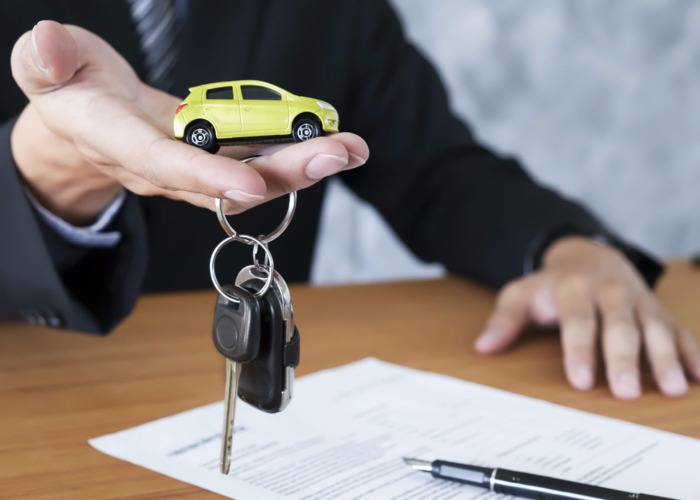Balloon finance and payments on your car: how do they work and what will they cost?

Many of us choose to buy our car using finance nowadays. Before you sign up, make sure you understand what a balloon payment is and whether you will have to pay one.
Sections
What is a balloon payment?
If you choose to buy your car using financing there are three main options: hire purchase; personal contract purchase (PCP); and personal contract hire (PCH).
With hire purchase the value of the car is split across a number of months, you pay a deposit then gradually buy the car with monthly payments.
The difference with PCH is that you are effectively renting a car for two to three years. At the end of that time there is no option to buy the car.
But we’re interested in PCP. This is where you pay a deposit, a fixed interest rate and monthly repayments for a set period. When the period is up you can choose to return the car, trade it in or keep it.
Why might I have to pay one?
You may need to pay a balloon payment when you get to the end of your PCP agreement and want to keep the car.
The balloon payment is typically large, covering the remaining value of the car that you haven’t already paid for with your PCP payments.
Compare car insurance quotes with loveMONEY
How is a balloon payment calculated?
The size of the balloon payment you’d have to pay to own the car should be calculated at the beginning of the PCP agreement. It is based on the guaranteed future value (GFV) of the car using trade guides that give future predictions of car values.
It takes into account the make and model of the car, and how previous models of that car have performed and held their value. It also factors in your agreed mileage and the condition you’ve agreed to keep the car in.
How to prepare for a balloon payment?
Four out of five people who buy a car using PCP don’t go on to keep the car, according to What Car. But if you intend to buy it then start saving early for the balloon payment so that you don’t have to borrow again in order to buy the car outright.
The simplest thing to do is to look through your paperwork to find out what the balloon payment will be, then divide that figure by the number of months until it is due and set that amount aside each month.
If you are going to do this, compare the total monthly figure (the amount you are saving for the balloon payment plus the monthly PCP payment) and see if hire purchase would be cheaper as you are effectively doing the same thing.
Can I change my mind?
Yes, there is plenty of flexibility with PCP. At the end of the period you don’t have to pay the balloon payment: instead, you can choose to simply return the car and walk away or you can trade the car in for a newer model.
Get the right car insurance deal for you by comparing quotes with loveMONEY
Comments
Be the first to comment
Do you want to comment on this article? You need to be signed in for this feature